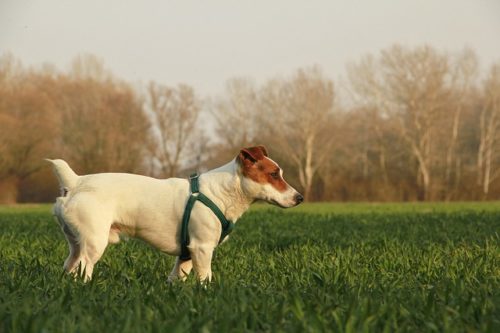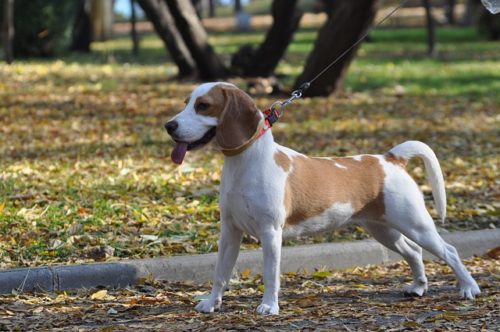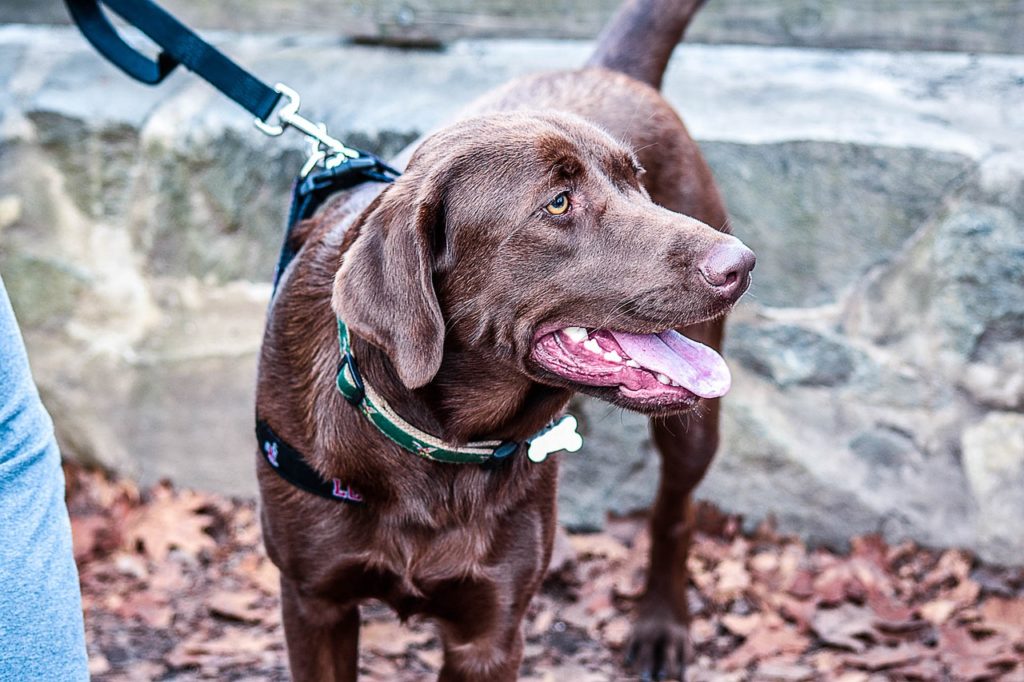Walking your dog is a vital aspect of his daily routine and is extremely beneficial to both his mental and physical health. It is well known that dogs need regular exercise, they need to be able to roam, let out pent up energy and other bodily substances. If you do not have a large yard where they are free to run around on their own and relieve themselves, it may seem like a challenge to make sure that they are getting their proper exercise.

Dog owners have busy lives and schedules and various duties to which they must attend, but it is important to make sure that your dog is allowed the opportunity to get outside, move his legs, work his muscles, build up his heart rate and relieve himself. It is estimated that over 50% of dogs are overweight, and while some of that may have to do with overfeeding, another key factor is lack of exercise. Just like with humans, there are many health risks to dogs that are associated with being overweight such as: canine arthritis, diabetes, heart disease, kidney disease and a lower life expectancy. Odds are, your dog needs more exercise than you are currently allowing him. If so, you may ask, “Well then, how often should I walk my dog?” The answer is, it depends on various factors. But as a general rule of thumb, veterinarians recommend that you walk your dog at least twice a day for 15 minutes each.
The Benefits of Walks for Dogs
- Health Improvements – Aside from the obvious canine obesity prevention, there are multiple beneficial health consequences to twice-a-day exercise. It will lead to improved joint health, keep their bones stronger and reduce the impact of arthritis in the long term. Walks improve their cardiovascular and digestive systems, which will allow them to function more optimally.
- Learning its place in the pack – Dogs are innately creatures that depend on social structures to make sense of their world. They follow their genetic ancestor’s pack mentality and it is your job to establish yourself as the pack leader, the alpha. If you want your dog to obey you and follow commands, you must assert your dominance over him. Walks are the perfect way to do this since you tell him where he can or cannot go or the pace at which he walks. Innately, the more you do this, the more he will be conditioned to obey.
- Mental Stimulation – Dogs need stimulation throughout their day. Just like people, they can go stir crazy. Walks allow them the opportunity to see, smell and experience new places and things, which in turn, improves their mental health. Walks will also cut down on bad behavior such as chewing up your precious objects, scratching your furniture or digging holes. It also helps reduce anxiety in dogs, decrease hyperactivity and cut down on barking or whining.
- Socialization– Dogs need the opportunity to meet other people and dogs and learn how to act suitably and safely regardless of the situation. Socialization is an important aspect of the pact mentality, so giving them as many learning situations as possible can help condition them to be comfortable and appropriate in any environment.
Determining a Number
As mentioned, there is no clear-cut answer for how much exercise each dog needs. Consider an Alaskan Malmute that weighs 150 pounds and a purse-sized Chihuahua, they are both dogs, but their exercise, diet regimen, and energy levels will be very different. More often than not, the frequency and length of required exercise depend on the type of breed, their capability, age and health conditions.

Active breeds, high-energy dogs such as herders or sporting dogs need the mental and physical stimulation; therefore, the length and frequency of walks should be much higher. With dogs such as these, you are more likely to wear out before them. Active breeds generally have a ton of energy and their genetic background is that of a working-class animal, such as sheepherding. Examples of active dogs include: Australian Shepherds, Beagles, Border Collies, Dalmatians, English Spaniels, German Shepherds, Golden Retrievers, Irish Setters, Labrador Retriever , Miniature Pinschers, Poodles, Russell Terriers, Shetland Sheepdogs, Siberian Husky and Welsh Corgis. Active breeds are made to run and play and take great joy in doing the things they are genetically predisposed to excel at. Healthy, active breeds can run until worn out and you see them either hesitating, panting or slowing their gait.
Brachycephalic and toy dogs, however, are not made for extended exercise and can tire themselves out quickly. Brachycephalic, meaning short head, dogs include: Bullmastiffs, Bulldogs, Chihuahuas, Chow Chows, English Toy Spaniels, Lhasa Apso, Pekingese, Pugs and Shih Tzus. Smoosh faced dogs generally have breathing and respiratory issues and get worn out easily because of this. For many of these dogs, one walk a day can be more than enough.
So, consult with your veterinarian if you have specific questions about your pup. Daily walks will keep your dog physically and mentally healthy, which in turn means your dog will live a longer and a happier life.




